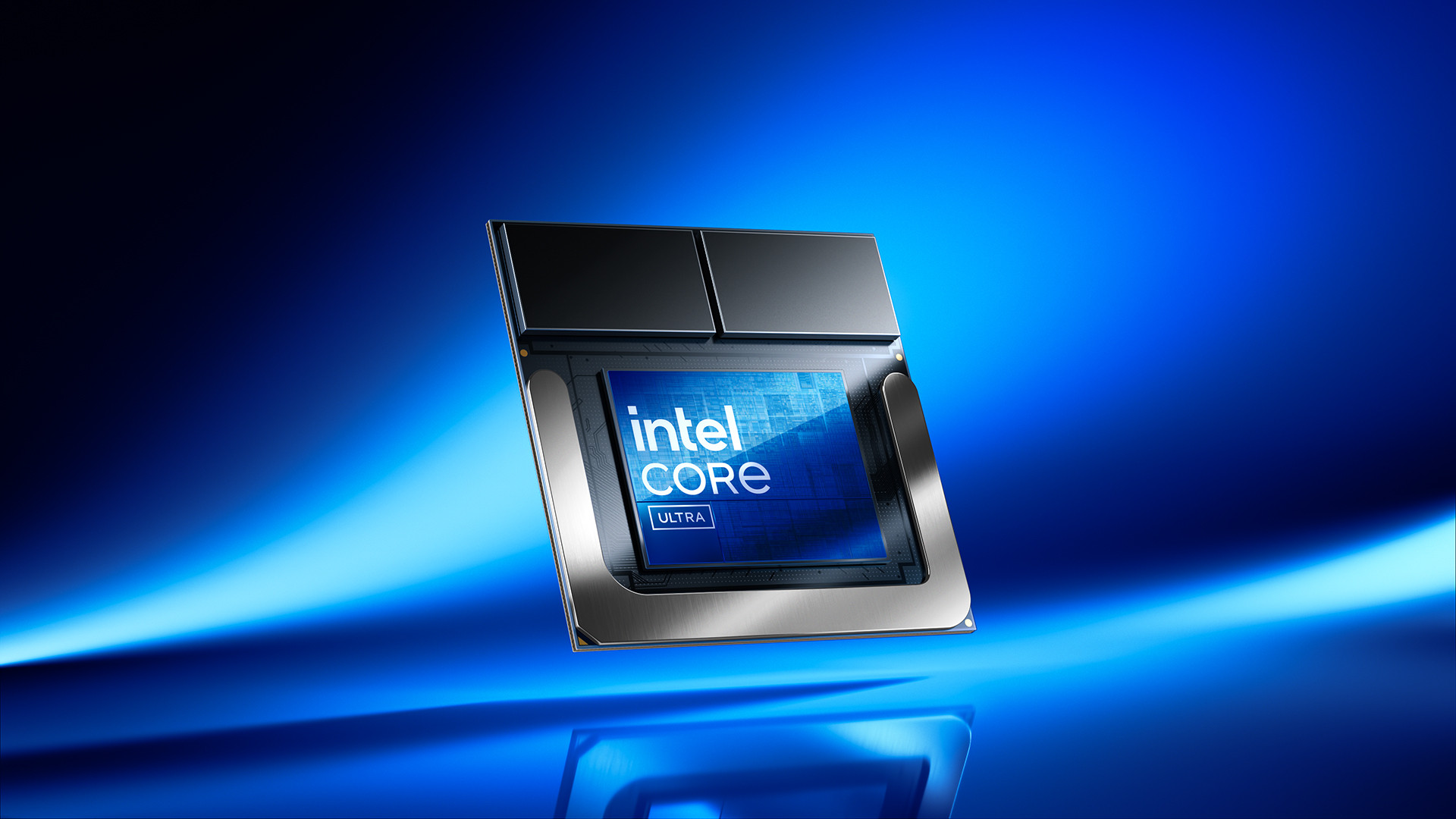
A space mission jointly launched by the European and Japanese space agencies has captured its first, up-close look at the planet Mercury.
A pair of linked orbiters known together as BepiColombo snapped several photos on Oct. 1 during a long-awaited flyby around the innermost planet of our Solar System. The images show Mercury’s northern hemisphere and the dozens of craters that dot its surface, including one that’s been the site of several volcanic explosions, according to a statement from the European Space Agency. Also captured in the shot are the spacecraft’s antennas and magnetometer boom.
The ESA and the Japan Space Exploration Agency launched BepiColombo in 2018 to capture images of Mercury with the goal of uncovering more about its origin and evolution. Only two probes have ever traveled to the planet: Mariner 10, which flew by in 1974 and 1975, and MESSENGER, which orbited Mercury from 2011 to 2015.
This week’s flyby marked BepiColombo’s first of six around Mercury. The space probes passed within 124 miles (199 km) of the planet’s surface.
G/O Media may get a commission
“The flyby was flawless from the spacecraft point of view, and it’s incredible to finally see our target planet,” said Elsa Montagnon, the mission’s spacecraft operations manager, in an ESA press release.
“It was very exciting to see BepiColombo’s first images of Mercury, and to work out what we were seeing,” added David Rothery, head of the ESA’s Mercury Surface and Composition Working Group. “It has made me even more enthusiastic to study the top quality science data that we should get when we are in orbit around Mercury, because this is a planet that we really do not yet fully understand.”
The next Mercury flyby is set for June of next year, followed by four more in June 2023, September 2024, December 2024, and January 2025. If everything goes according to plan, BepiColombo will slow down enough to enter Mercury’s orbit by the end of 2025. Then, the two orbiters will begin their main scientific mission: mapping the surface of Mercury to study its surface processes, composition, and magnetic field.
Note: This article have been indexed to our site. We do not claim legitimacy, ownership or copyright of any of the content above. To see the article at original source Click Here












